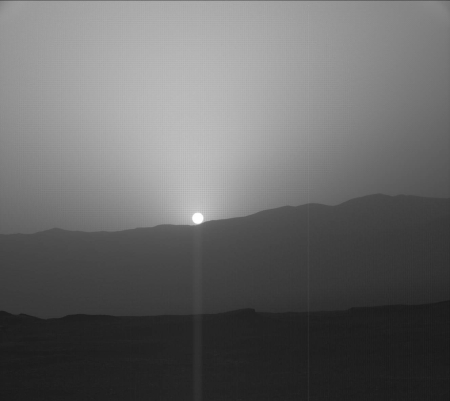Corruption at Vostochny included more than 140 criminal cases
A report from Russia today outlined the total amount of corruption so far uncovered by investigators at Russia’s new spaceport in Vostochny.
“Since 2014, more than 140 criminal cases have been opened, and the damage was assessed at 10 bln rubles,” Kurennoy said in an interview with the Efir Internet channel of the Russian Prosecutor-General’s Office. According to the spokesman, 50 individuals have been sentenced, and this year sentences for 27 people were announced.
The prosecutors have revealed 17,000 law violations during the construction since 2014. More than 1,000 people have been held accountable, including officials. Among the violations were delayed construction, multibillion embezzlement of state funds and the administration’s negligence.
Despite four years of investigation they still found 78 new law violations involving 140 companies in 2018.
It appears Russia does not know how to do capitalism properly. It doesn’t simply require a company to be privately owned. It also requires that new companies be allowed to compete, and that old companies can go out of business. Russia it appears did not understand these latter points. After the fall of the Soviet Union many individuals formed private companies from former government agencies and organizations, but then they divided up the market into territories and teamed up with the government to block any new entries.
The result of this corrupt system was rampant corruption, where the companies in power could do anything, with no incentive to produce good product.
Unfortunately, Russia’s answer to this has been for the government to take over the companies again.This will not solve their problem, merely shift the corruption from the companies to the government. Meanwhile, the quality of their aerospace products will continue to decline, resulting in the continued loss of international market share.
A report from Russia today outlined the total amount of corruption so far uncovered by investigators at Russia’s new spaceport in Vostochny.
“Since 2014, more than 140 criminal cases have been opened, and the damage was assessed at 10 bln rubles,” Kurennoy said in an interview with the Efir Internet channel of the Russian Prosecutor-General’s Office. According to the spokesman, 50 individuals have been sentenced, and this year sentences for 27 people were announced.
The prosecutors have revealed 17,000 law violations during the construction since 2014. More than 1,000 people have been held accountable, including officials. Among the violations were delayed construction, multibillion embezzlement of state funds and the administration’s negligence.
Despite four years of investigation they still found 78 new law violations involving 140 companies in 2018.
It appears Russia does not know how to do capitalism properly. It doesn’t simply require a company to be privately owned. It also requires that new companies be allowed to compete, and that old companies can go out of business. Russia it appears did not understand these latter points. After the fall of the Soviet Union many individuals formed private companies from former government agencies and organizations, but then they divided up the market into territories and teamed up with the government to block any new entries.
The result of this corrupt system was rampant corruption, where the companies in power could do anything, with no incentive to produce good product.
Unfortunately, Russia’s answer to this has been for the government to take over the companies again.This will not solve their problem, merely shift the corruption from the companies to the government. Meanwhile, the quality of their aerospace products will continue to decline, resulting in the continued loss of international market share.



